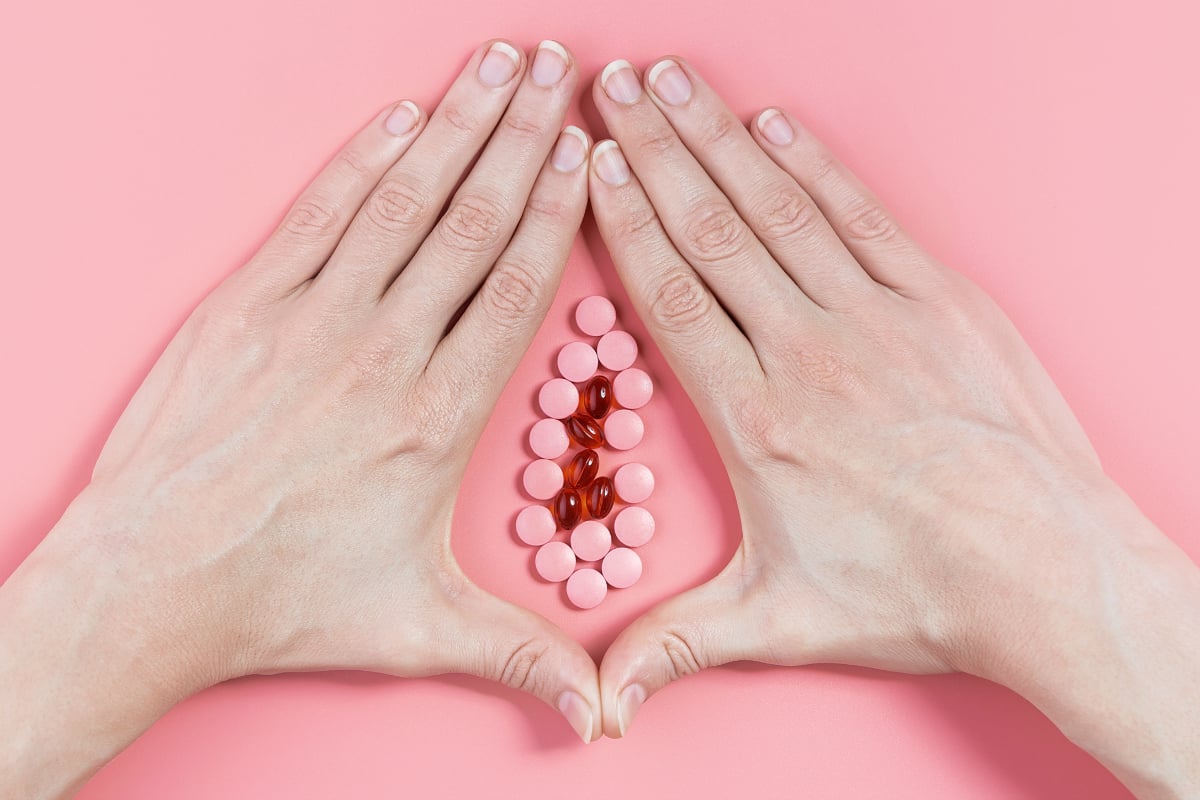
This is Dr Brad Robinson. And he's here to talk about your bits.
Well, not yours specifically...
The Brisbane-based obstetrician and gynaecologist kindly agreed to help answer some common queries people have about female anatomy, from odour to dryness and pain during sex.
So let's get down to it.
 Dr Brad Robinson. Image: Supplied.
Dr Brad Robinson. Image: Supplied.
‘What does a normal vulva look like?’
Vulvas come in all shapes and sizes, with differences and variations that mean no two are the same. As an individual’s face is unique due to subtle but distinct variations, so too is the vulva.
